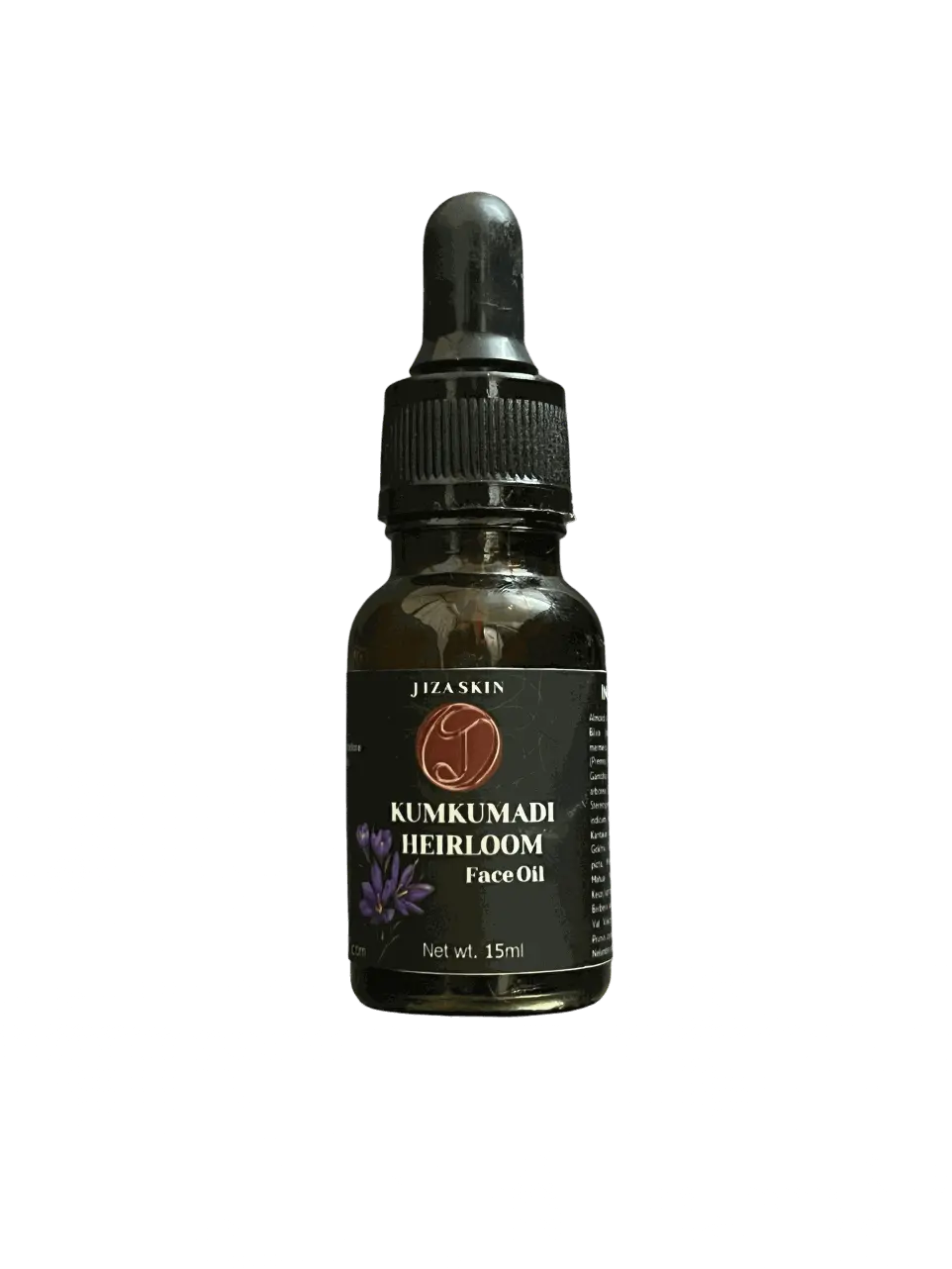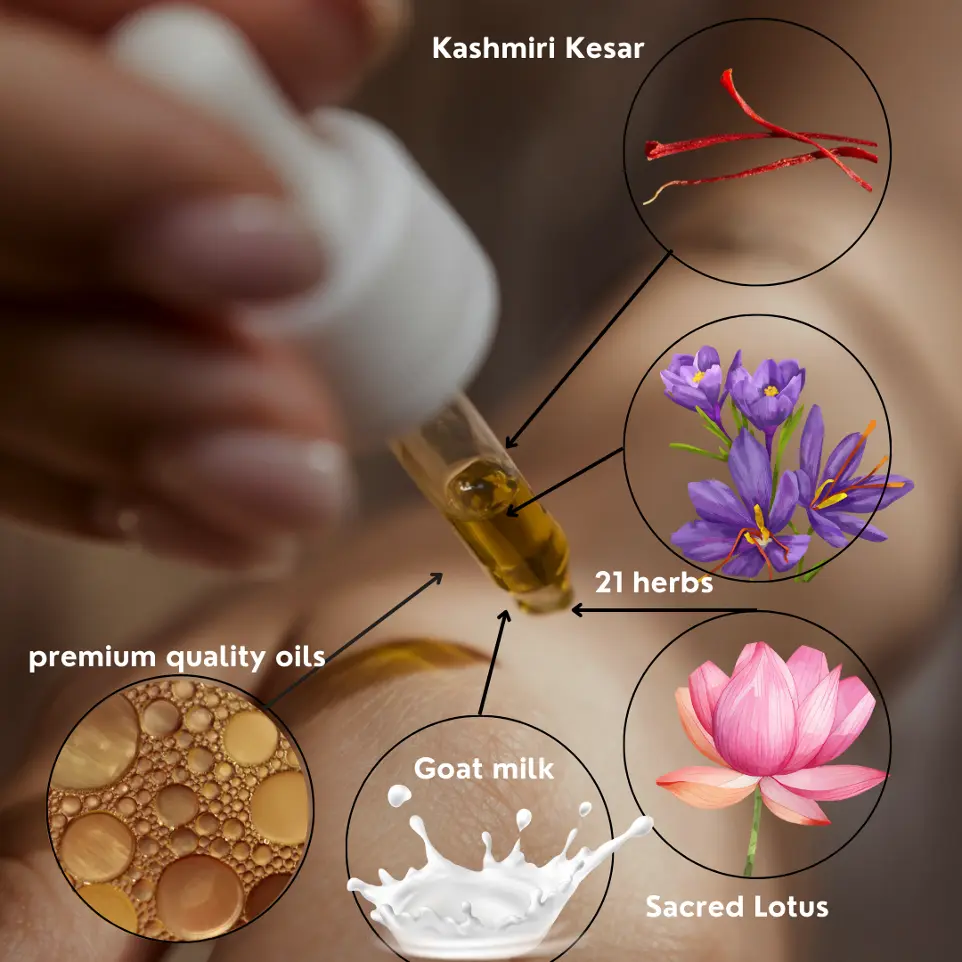The rise of natural and chemical-free beauty has led to a surge in DIY skincare and cosmetics. Social media is flooded with recipes for homemade face masks, scrubs, and even foundations, often promoting them as safer and more effective than store-bought products. But how much of this is true? While DIY skincare has its advantages, it also comes with risks that many consumers overlook. I have certainly gone throught the same phase, learned by my mistakes and many blog articles like this. So, let's explore the myths, cautions, and realities of DIY beauty, helping you make informed decisions.
The Myths and Realities
Myth 1: Natural Ingredients Are Always Safe
Reality: Many people believe that if something is natural, it must be safe for the skin. However, natural ingredients can be just as irritating or harmful as synthetic ones. For example, lemon juice, often used in DIY brightening treatments, has a high acidity that can cause burns and photosensitivity.
Myth 2: DIY Skincare is More Effective than Store-Bought Products
Reality: While DIY skincare can be beneficial for certain needs, it often lacks the stability and formulation expertise of commercial products. Many skincare products undergo rigorous testing to ensure ingredient compatibility and safety, something homemade mixtures cannot guarantee.
Myth 3: Preservative-Free Means Healthier
Reality: Many DIY recipes skip preservatives, leading to bacterial contamination over time. Water-based DIY formulations, such as homemade lotions, can become a breeding ground for bacteria and mold within days, potentially causing skin infections.
Myth 4: Essential Oils Are Always Beneficial
Reality: Essential oils are highly concentrated plant extracts that can be irritating or even toxic when applied undiluted. Certain oils like citrus and peppermint can cause allergic reactions, burns, or phototoxicity when exposed to sunlight. Diluting them with a carrier oil is very important, and diluting them in a specific ratio is even more important to retain the potency of the essential oil
Pros and Cons
Pros:
- Control Over Ingredients – You know exactly what’s going into your skincare, avoiding unnecessary additives.
- Customizable – DIY allows you to tailor products to your specific skin needs.
- Eco-Friendly – Less packaging and fewer synthetic chemicals can make DIY skincare a sustainable choice.
- Cost-Effective – Many DIY skincare recipes use common household ingredients, making them budget-friendly.
Cons:
- Lack of Preservation – Many DIY formulations spoil quickly, leading to potential skin infections.
- Potential for Skin Irritation or Damage – Certain ingredients, like lemon, baking soda, and cinnamon, can disrupt the skin’s barrier.
- Ineffective Formulations – Without proper formulation knowledge, DIY skincare may not deliver long-term benefits.
- Allergic Reactions – Natural does not mean hypoallergenic; even organic ingredients can cause skin irritation or allergies.
Major Cautions When Trying DIY Skincare
- Sanitize Everything- From the spoon, to the container, your hands, the table top.
- Patch Test Everything – Always test a small amount on your inner arm before applying to your face to check for reactions.
- Be Cautious with Acids and Exfoliants – Ingredients like lemon juice, apple cider vinegar, and baking soda can be too harsh and disrupt your skin’s natural pH.
- Avoid Using Perishable Ingredients – Fresh ingredients like yogurt and fruit should be used immediately and not stored.
- Do Not Mix Random Ingredients – Just because two ingredients are natural does not mean they are safe to mix (e.g., lemon and baking soda create a chemical reaction that can harm the skin).
- Be Careful with Essential Oils – Always dilute essential oils with a carrier oil before applying them to the skin.

